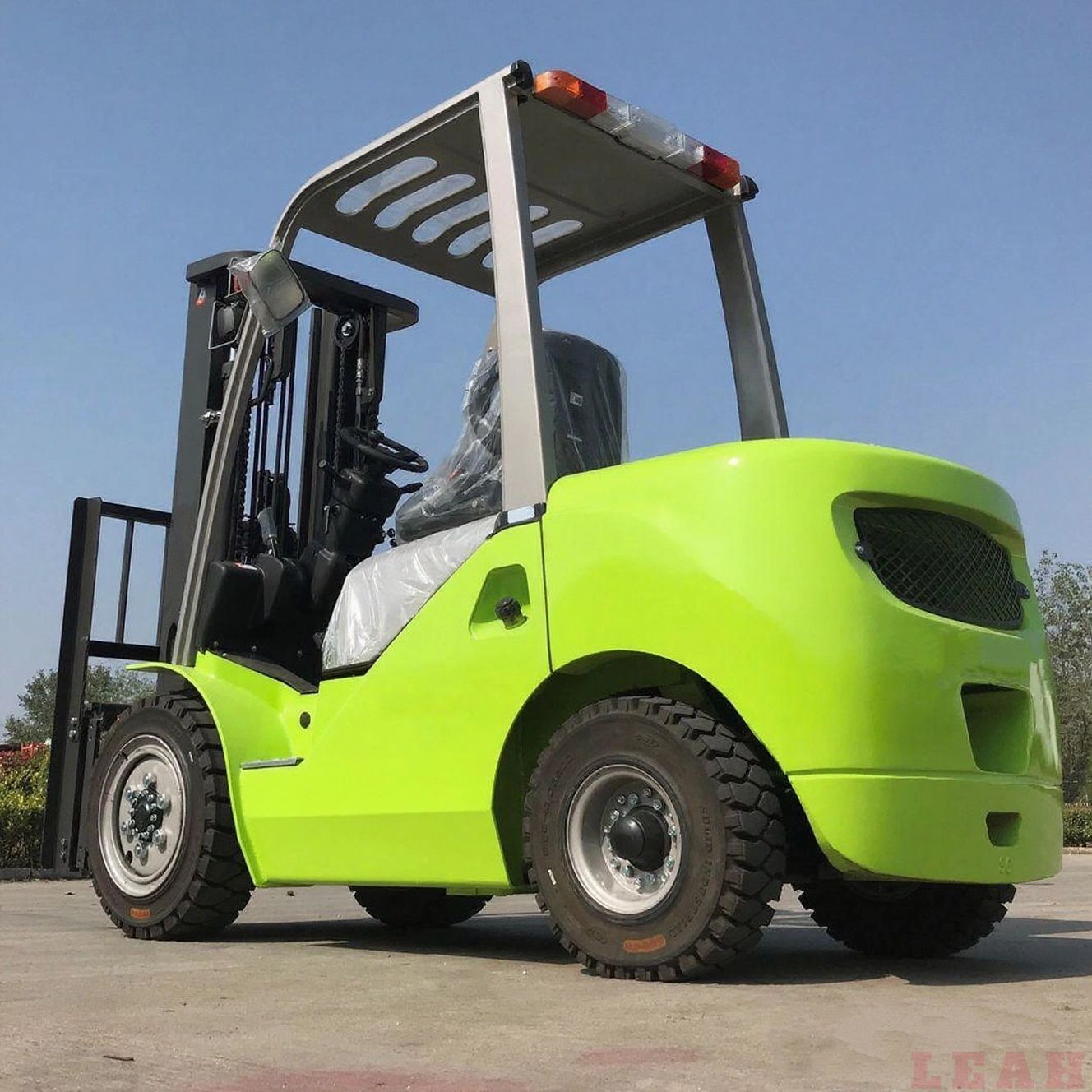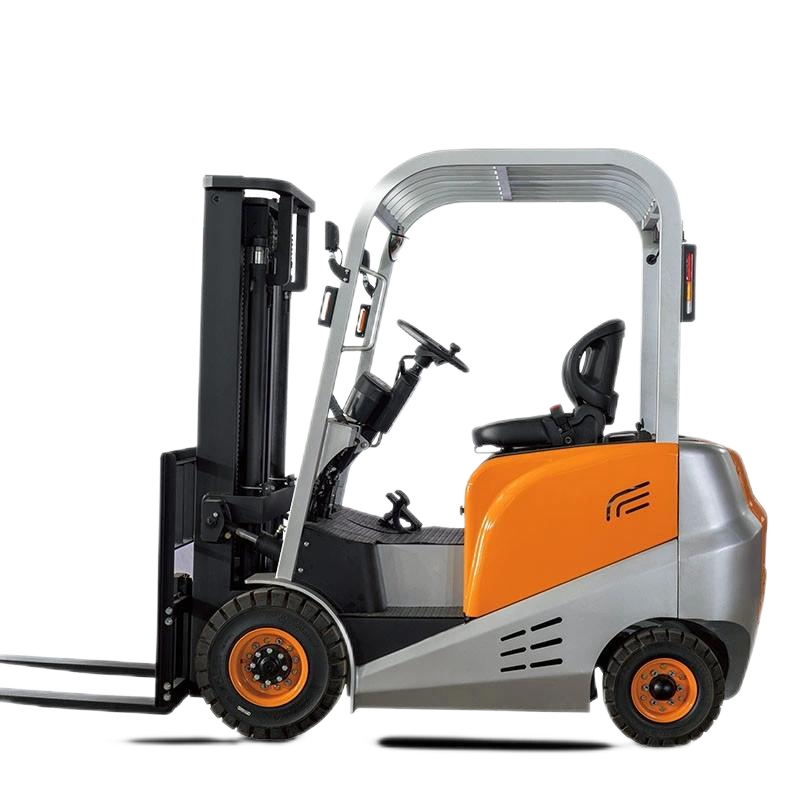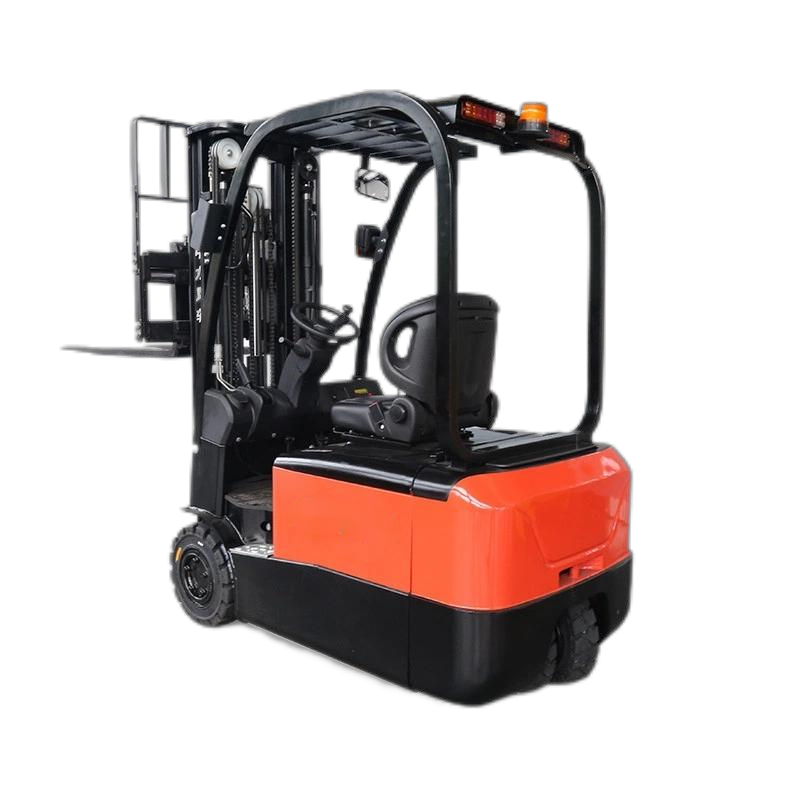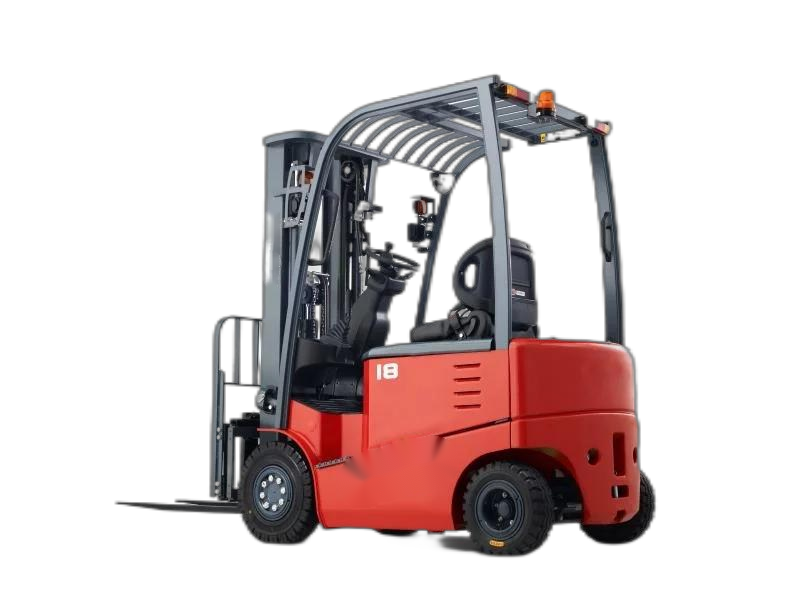The Differences Between Electric Forklifts and Manual Forklifts
The core difference between electric forklifts and manual forklifts lies in their power sources and efficiency. The former is suitable for high-frequency, heavy-load operations, while the latter is more adapted to light-load, low-frequency scenarios, each with clear application boundaries.
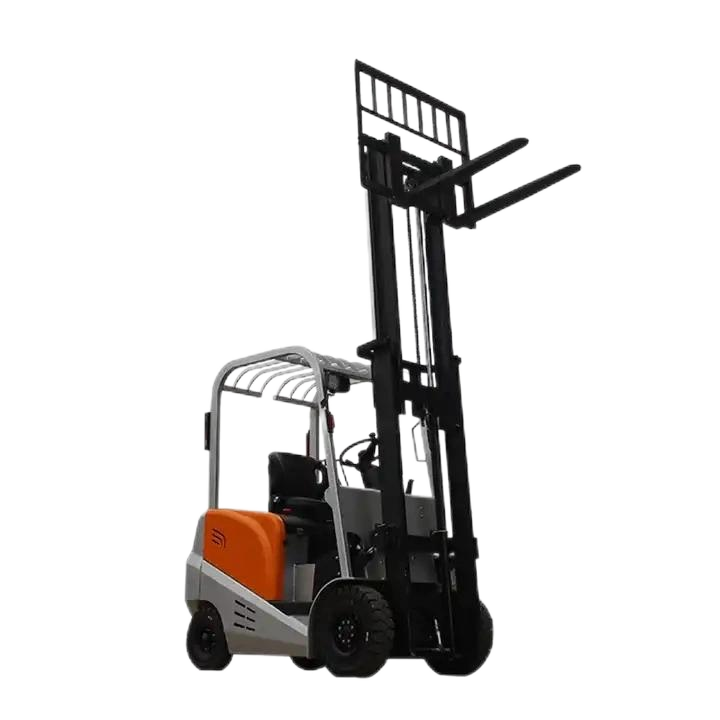
Advantages
- High Efficiency: Driven by an electric motor, it does not require manual pushing, pulling, or lifting. It can quickly complete cargo handling and stacking, significantly reducing operation time.
- Labor and Manpower Saving: Operators only need to control the handle, without consuming physical strength. This can reduce labor costs and avoid efficiency decline caused by physical exhaustion of personnel.
- Powerful Functions: It has the ability of high-level stacking (up to several meters at most) and can also be equipped with attachments such as side shifters and clamps. It can handle various types of cargo and adapt to complex scenarios such as three-dimensional warehouses.
- Stable Operation: Equipped with a stable hydraulic system and steering mechanism, the cargo lifting, lowering, and moving processes are more stable, which can reduce the risk of cargo damage due to collision.
Disadvantages
- High Cost: The purchase unit price is much higher than that of manual forklifts. In addition, it requires regular charging and maintenance of batteries and motors, resulting in additional operation and maintenance costs in long-term use.
- Dependence on Electricity: It must rely on charging equipment. If the power is exhausted and there is no backup power supply, the operation will be interrupted directly, and it cannot be used at any time like a manual forklift.
- Environmental Requirements: It has a relatively large volume and requires a certain operating space. Moreover, some models are not suitable for long-term use in extreme environments with high humidity or excessive dust.
II. Advantages and Disadvantages of Manual Forklifts
Advantages
- Low Cost: The purchase price is low, and its structure is simple without complex components such as motors and batteries. It requires almost no additional maintenance, so both the initial investment and long-term use cost are very low.
- Flexible and Portable: It has a small size and light weight, can be pushed and pulled manually to move through narrow passages, and can even be directly moved into the truck compartment for operation, with extremely low space requirements.
- No Need for Power Supply: It is completely operated by human power and not restricted by electricity. It can be used normally in scenarios without power supply or charging conditions (such as temporary loading and unloading points).
Disadvantages
- Low Efficiency: Both lifting and moving rely on human power. Especially when handling heavy cargo or performing frequent operations, the speed is slow and operators are prone to fatigue, which cannot meet the demand for high-intensity work.
- Limited Functions: It can only realize low-level handling (the lifting height usually does not exceed 20 centimeters), cannot perform stacking operations, and cannot be equipped with special attachments. It has great restrictions on cargo types and storage scenarios.
- Dependence on Manpower: Operators need to have a certain level of physical strength. Long-term use is likely to cause strain on parts such as the waist and arms, and the efficiency of single-person operation has an upper limit.






